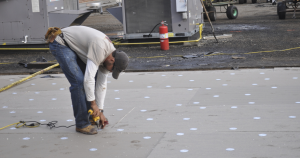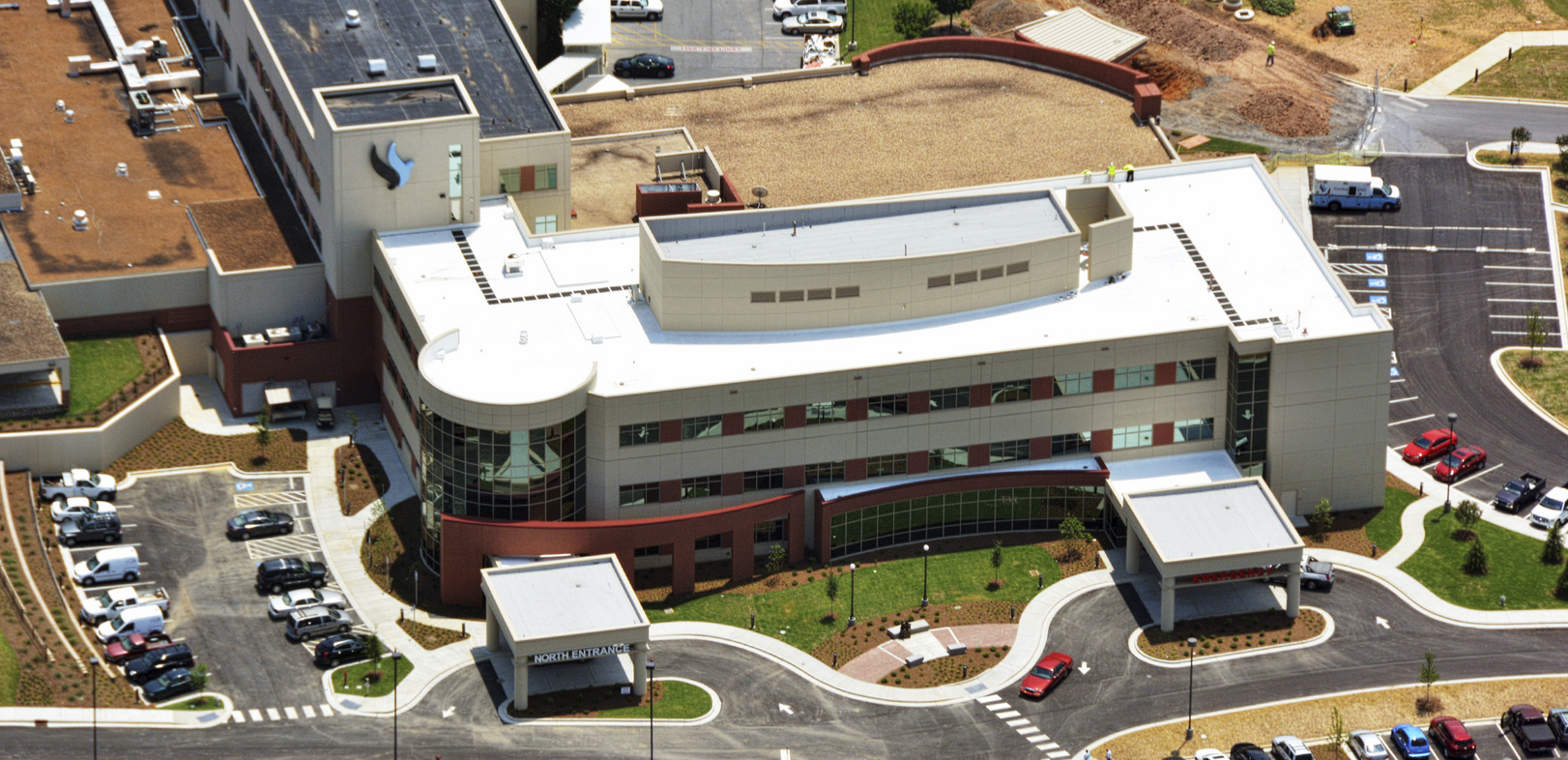INSULATION’S EFFECTS ON COST OF OWNERSHIP
After a roof is installed, the insulation assembly in a roof system affects the cost of ownership in three main ways.
The first, and most highly publicized, is how the insulation assembly affects the cost of energy required to heat and cool a building. Without question, the amount of roof insulation utilized in a roof system can and will have an effect on the cost required to heat and cool a building.
However, it is worth noting two items. First, the roof insulation is only one of many components that make up the building envelope. The actual energy-efficiency gains of the roof insulation can be limited if other portions of the building envelope are deficient. Second, the roof insulation only has a significant effect on the space directly under the roof.

The least published benefit of the insulation assembly is the effect the insulation can have on the life of the roof.
The second, and least published, benefit of the insulation assembly is the effect the insulation can have on the life of the roof. A properly designed roof includes components that will allow the roof to perform at an acceptable level for the long term. The roof insulation provides the substrate for the waterproofing membrane and is a critical component of the roof system.
Replacing a roof is most often a very expensive and intrusive process for a building owner. The cost of a roof replacement goes beyond the cost of the roof; the roof replacement can have a very real negative effect on the operations inside the building. Proper roof design, combined with workmanship during the installation and consistent roof maintenance, gives the roof the potential to perform at an acceptable level for decades. What is the value difference to a building owner to have a roof that performs for 30 years versus a roof that performs for 15 years?
The third way roof insulation can affect the long-term cost of roof ownership is by reusing portions of the insulation. Most often when an existing roof assembly includes polyisocyanurate insulation in the assembly, a large portion of the existing insulation can continue to be utilized in the new roof system. Re-utilization of the insulation saves the cost of removal and replacement, keeps the material out of the landfill and reduces the insulation investment that must be made for the new roof system.
As roofing professionals, it is our responsibility to provide building owners with the information required to make informed technical roofing and business decisions. This includes the proper type and thickness of roof insulation for the building. Some of the factors that should be considered are building use, building code, business plan of the building owner, etc. The most appropriate roof insulation decision is most likely not the lowest cost. All roof systems should have a multiple-layer insulation assembly, the appropriate R-value and the correct insulation product. The roofing industry needs to help itself by helping building owners make good roofing decisions.
PHOTOS: BLOOM ROOFING




Great points, not enough people take this in to consideration!